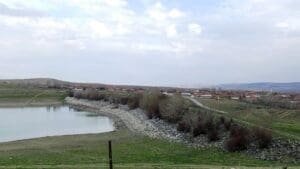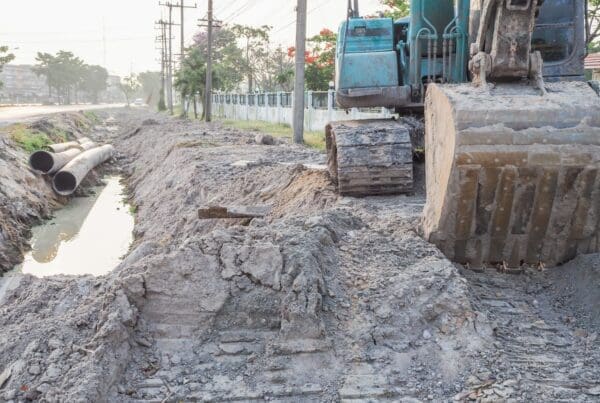Water is the lifeblood of any community. It sustains not only human life but supports agriculture, which forms the backbone of many economies. With the increasing unpredictability of weather patterns due to climate change, the role of irrigation in agriculture has become more critical than ever. It ensures crops get water when they need it and in the right quantities. This article delves into the importance of an irrigation pond in sustaining communities, highlighting various aspects such as the permeable grid, water sources, water pumps, and filtration methods.
The Benefits of Irrigation Ponds
An irrigation pond is more than just a water reservoir; it’s an integral part of a community’s water management system. It ensures a steady supply of water for irrigation, contributing to food security and economic stability. Building an irrigation pond requires careful planning and execution. Once built, it needs regular maintenance to keep it in good condition and ensure its longevity. An irrigation pond offers numerous benefits to a community. It enhances water security, supports agriculture, and can also serve as a habitat for local wildlife, contributing to biodiversity.

Sources of Water for Irrigation
Natural water sources like rainwater, rivers, and groundwater are traditional sources of water for irrigation. These sources are dependent on weather patterns and geographical location, making them unreliable at times.
Artificial sources such as treated wastewater and desalinated water have emerged as alternatives, especially in areas where natural sources are scarce. However, these methods often require advanced technology and can be expensive.
Irrigation ponds present a sustainable and reliable solution. They collect and store water, providing a consistent supply for irrigation. This is particularly useful in regions with seasonal rainfall, ensuring availability of water during dry spells.
Water Pump for Pond Irrigation
A water pump is an essential component of a pond irrigation system. It facilitates the movement of water from the pond to the fields, ensuring that crops get the water they need to thrive. Selecting the right water pump requires consideration of factors such as the size of the pond, the acreage of the field to be irrigated, and the type of crops being grown. The pump should be capable of delivering the required amount of water efficiently. Regular maintenance of the water pump is crucial to ensure its longevity and optimal performance. This includes routine checks, cleaning, and timely repairs.
How to Filter Pond Water for Irrigation
Filtering is essential to remove impurities and potential contaminants from the pond water before it’s used for irrigation. This helps protect the health of the crops and the quality of the soil.
There are various methods to filter pond water, including physical filtration using screens or filters, chemical treatments, and biological methods involving the use of organisms to break down impurities.
Effective filtration requires regular monitoring and maintenance of the filtration system, prompt replacement of worn-out filters, and periodic testing of the water quality.
Lake Water Filter for Irrigation
Lake water can be an abundant source for irrigation, especially for communities located near large bodies of water. However, similar to pond water, it needs to be properly filtered before use. Lake water can be filtered using similar methods as pond water. The choice of method depends on the quality of the lake water and the available resources. To optimize lake water filtration, regular testing of the water quality is essential. This helps identify any changes in water quality and adjust filtration methods accordingly.
Permeable Grid
A permeable grid is essentially a system that allows water to pass through. In the context of irrigation, it’s a method used to facilitate the efficient flow and distribution of water across agricultural fields. The permeable grid offers significant benefits. It minimizes water wastage through run-off and evaporation, ensuring that water reaches the root zone of plants. Additionally, it aids in replenishing groundwater levels, contributing to the overall water sustainability in a community. An irrigation pond coupled with a permeable grid makes for an efficient water management system. The pond serves as a reservoir, storing water for use during dry periods, while the permeable grid ensures the stored water is distributed evenly and effectively across the fields.
Conclusion
In conclusion, an irrigation pond plays a crucial role in sustaining communities, particularly in the face of climate change. By providing a reliable source of water, it supports agriculture and by extension, food security. Coupled with effective water management practices such as the use of permeable grids, suitable water pumps, and proper filtration methods, an irrigation pond can significantly enhance water sustainability in a community. As we continue to grapple with global environmental challenges, such sustainable practices will become increasingly important in securing our future. Contact us to learn more about how an irrigation pond can benefit your community. Let’s work together towards a sustainable future for all.




